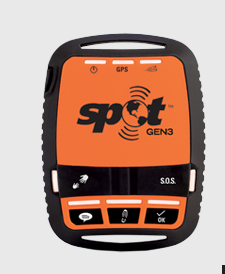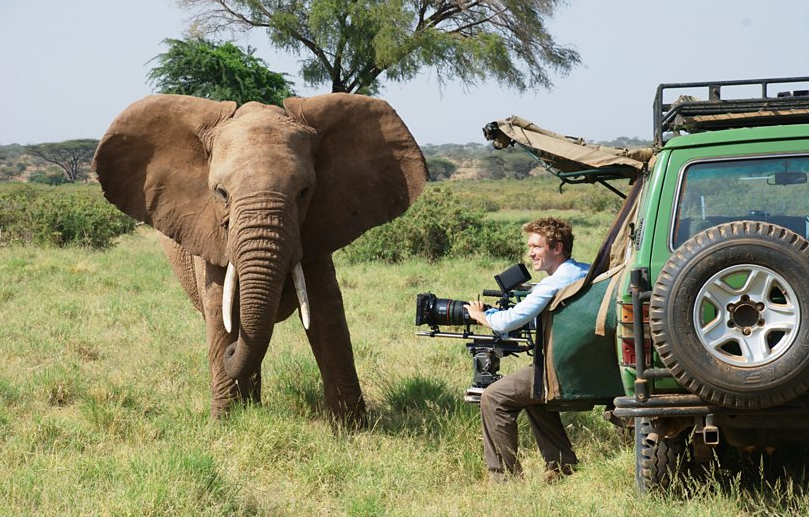
SPOT GEN3®
When the BBC and PBS film crews were organizing their film trip to Africa, USA and Canada to capture the wildlife mass migrations for their documentary series Nature’s Epic Journeys, some of the items that were packed were Globalstar's SPOT Gen3 safety devices and GSP-1700 satellite phones.
Globalstar Europe Satellite Services Ltd., a wholly owned subsidiary of Globalstar Inc. (NYSE MKT: GSAT) worked with the Bristol-based BBC Natural History Unit and PBS which co-produced the series of documentary films in 2015 and 2016. To make the programs, film crews and scientists undertook multiple journeys to track and record caribou migrating across the remote Arctic of Canada and Alaska; herds of elephants traversing the expanses of East Africa; and herds of zebra as they traveled across Botswana.
An important requirement was the need to ensure crew safety as the teams followed wild animals across thousands of miles in some of the most remote and inhospitable environments imaginable. The crew used SPOT’s check-in feature to send periodic messages to colleagues, keeping them apprised of the teams’ movements, as well as sending regular email notifications confirming that all was OK.

An adolescent elephant investigates cameraman Max Hug-Williams Samburu National Reserve, Kenya; Credits: BBC One
Besides the animals' journeys the filmmakers also wanted to share how camera crews followed and filmed them, regardless of the hardships involved. As the film crews tracked the wildlife, many of which are already GPS tagged, on foot, from helicopters and 4x4 vehicles, they carried SPOT Gen3 safety devices and Globalstar GSP-1700 satellite phones. This allowed the team at base camp to be in constant communication and able to track their colleagues in the field and, if needed, to provide emergency help.
To more closely follow the event there is a dedicated SPOT web page with Google Maps which showed the movements of the SPOT satellite devices as the crew tracked the animals. This enabled the production team located at base to keep up with the locations of the crews at all times, wherever the herds led them.
Highlighting how technology plays a pivotal role in wildlife television production, the team used a suite of solutions including satellite tracking, bespoke mapping, and migration pattern analysis software developed by the scientists traveling with the film unit.
The crew used their GSP-1700 satellite phones to co-ordinate re-supplies as well as talk to editorial and production teams back at the BBC and PBS. Also, they used the satphones to check in with friends and family back home.
In the event of an emergency, SPOT’s SOS button instantly sends the user’s GPS co-ordinates to alert first responders. Fortunately, there was never a need for the crew to activate this service but everyone valued the peace of mind.

